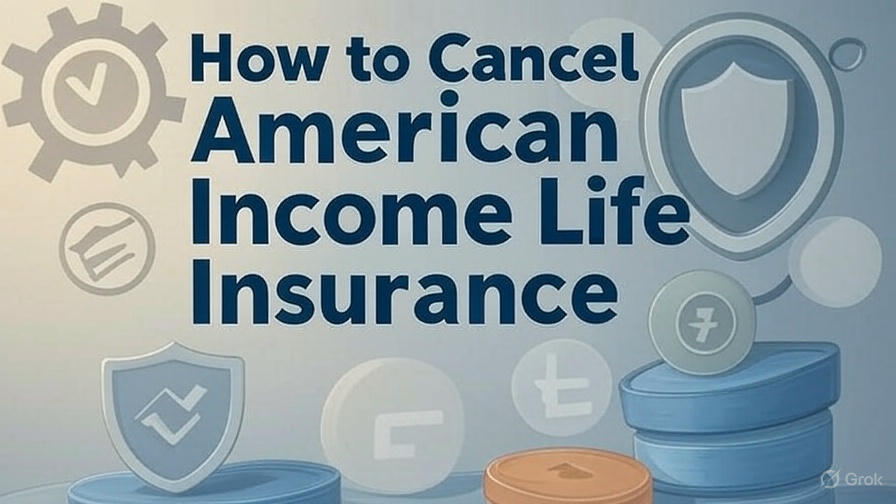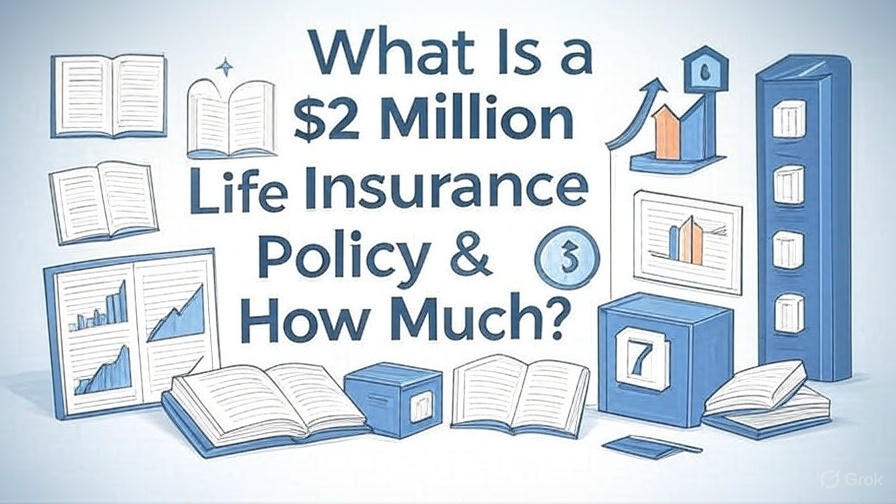Are you considering a career as a life insurance agent? Helping individuals and families protect their financial future through life insurance is both impactful and fulfilling. Obtaining a life insurance license is the first step toward a rewarding career in this field.
This comprehensive guide outlines the steps to get your license, from meeting eligibility requirements to maintaining it through continuing education.
While requirements vary by state, the process typically involves completing pre-licensing coursework, passing a state exam, and submitting an application for your license. Let’s dive into the details to help you start your journey.
Table of Contents
Step 1: Meet Basic Eligibility Requirements
Before starting the licensing process, you must meet specific eligibility criteria to ensure you’re qualified to sell life insurance. These requirements are designed to confirm your trustworthiness and suitability for the role. Common criteria include:
- Age: You must be at least 18 years old, the minimum age in most states.
- Background Check: A clean background is required, with no fraud or felony charges. Some states may also check for other criminal history.
- Financial Obligations: You must not owe federal or state income taxes. In some states, having no past-due child support is also a requirement.
- Residency: Some states have specific rules regarding residency status for applicants, although non-residents can often apply with additional documentation.
Since these requirements can vary, check with your state’s insurance department for specific details. For example, the California Department of Insurance outlines requirements for a “full Life Agent” license, which may include both life and health components.
Step 2: Complete Pre-Licensing Coursework
Pre-licensing education is a crucial step in preparing you for the state licensure exam and equipping you with the foundational knowledge necessary for life insurance. Most states require this coursework, though a few do not.
- Course Content: Courses cover essential topics, including:
- Types of life insurance policies (e.g., term, whole, universal)
- Insurance industry regulations
- Insurance principles and practices
- Ethics in insurance sales
- Format: You can choose between online or in-person courses, offering flexibility for different schedules and learning preferences.
- Duration: The required hours vary by state, typically ranging from 35 to 40 hours for life insurance. If you’re pursuing a combined life and health insurance license, additional hours may be required.
- Providers: Reputable providers, such as Kaplan Financial Education or XCEL Solutions, offer state-specific courses. For example, Florida requires a 60-hour course for a combined Health & Life license, as noted by Larson Educational Services.
- Exemptions: If you hold advanced credentials, such as a Chartered Life Underwriter (CLU) designation, you may be exempt from some coursework and can take a specialized Life & Health Laws and Regulations test instead.
Always verify your state’s requirements, as some states, like those listed on the NIPR State Requirements page, may have unique prerequisites.
Step 3: Pass the State Insurance Licensure Exam
The state licensure exam tests your knowledge of life insurance and, in some cases, health insurance if you’re pursuing a combined license. Passing this exam is a key milestone in obtaining your license.
- Exam Format: The exam is computer-based, typically consisting of 50-200 multiple-choice questions, and takes 2-3 hours to complete.
- Passing Score: Most states require a score of at least 70% to pass, though this varies.
- Exam Topics: The content is weighted and may include:
- General life insurance knowledge
- Life insurance policies and riders
- Tax issues related to life insurance
- Annuities and annuity tax issues
- Health insurance topics (for combined licenses)
- Preparation Tips:
- Dedicate 35-40 hours to studying, using resources like study guides and practice exams.
- Enroll in review courses offered by providers such as Kaplan or XCEL Solutions.
- Familiarize yourself with your state’s exam outline, available through the state’s insurance department or testing provider.
- Stay calm during the exam and manage your time effectively.
- Exam Costs: Fees range from $40 to $150 per attempt, depending on the state in which the exam is administered.
- Retake Policy: If you don’t pass, you can usually retake the exam after 24 hours. Most states allow up to three attempts within a year. If you fail three times, you may need to retake the pre-licensing coursework before attempting again.
- Passing Rates: According to NAIC data, the pass rates for life insurance exams average 62.9%, health insurance exams average 60.4%, and combined life and health exams average 64.8%.
Bring a valid ID and your pre-licensing education certificate to the exam center. Schedule your exam at least two weeks in advance through your state’s insurance department or a testing provider like PSI.
Step 4: Apply for the Life Insurance License
After passing the exam, you can apply for your life insurance license through your state’s insurance department.
- Application Process: Most states permit online applications through platforms such as the NIPR or Sircon. You’ll need to provide:
- Your Social Security Number (SSN) or Federal Employer Identification Number (FEIN) for first-time applicants
- License Number or National Producer Number (NPN) if previously licensed
- Proof of exam completion
- Fees: Licensing fees vary by state, typically ranging from $50 to $150. A $5.60 transaction fee may apply for online applications, as noted by NIPR. Combined life and health licenses may require separate fees.
- Waiting Period: You must wait at least 48 hours after passing the exam before submitting your application.
- Review Time: The review process can take several weeks. Check your application status on your state’s insurance department website, as some states, like Illinois, allow you to download and print your license (Illinois Department of Insurance).
- Troubleshooting: If there are delays or issues (e.g., background check problems), contact your state’s insurance department for assistance.
| Step | Key Details | Resources |
| Eligibility | Age 18+, clean background, no unpaid taxes/child support | State insurance department websites |
| Pre-Licensing Education | 35-40 hours, covers policies, regulations, ethics | Kaplan, XCEL Solutions, Larson Educational Services |
| Licensure Exam | 50-200 questions, 70% passing score, $40– |
$150 | NIPR, state insurance departments | | License Application | Online via NIPR/Sircon, $50-$150 fees, 2-8 week process | NIPR, state insurance departments | | Continuing Education | 24 hours every 2 years, 3 hours ethics | Kaplan, XCEL Solutions |
Continuing Education Requirements
Maintaining your life insurance license requires ongoing education to stay updated on industry changes and regulations.
- Frequency: Most states require 24 hours of continuing education (CE) every two years, including at least 3 hours of ethics training.
- Purpose: CE ensures that you remain knowledgeable about new insurance products, laws, and best practices, thereby enhancing your ability to serve clients effectively.
- Providers: CE courses are available through online platforms, such as Kaplan, or state-approved sources, as well as insurance organizations. Some states, such as the Texas Department of Insurance, offer temporary licenses for new agents that require CE completion.
Failure to complete CE may result in license suspension, so prioritize staying compliant.
State-Specific Information
Licensing requirements vary significantly by state, so it’s critical to research your state’s specific rules. For example:
- California: Offers a combined Life-Only and Accident and Health Agent license option (California Department of Insurance).
- Florida: Requires a 60-hour course for combined Health & Life licenses (Larson Educational Services).
- Texas: Requires a designated responsible licensed producer (DRLP) for agency licenses (Texas Department of Insurance).
To find your state’s requirements:
- Visit the NIPR State Requirements page.
- Check your state’s insurance department website.
- Consult trusted education providers, such as Kaplan or XCEL Solutions.
Conclusion
Obtaining a life insurance license is a structured process that opens the door to a meaningful career helping people secure their financial futures. By meeting eligibility requirements, completing pre-licensing coursework, passing the state exam, and applying for your license, you can become a licensed life insurance agent in as little as 2-8 weeks.
Ongoing continuing education ensures you stay informed and compliant. Research your state’s specific requirements through resources like the NIPR or your state’s insurance department, and take the first step toward a rewarding profession today.



